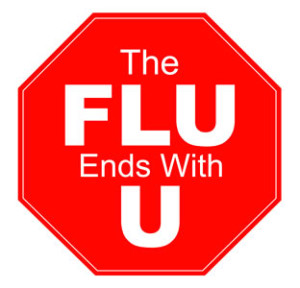New technologies are being invented every day, and now there is a technology that turns the vegetable oil used to fry food into a main ingredient for diesel fuel. Created by U.S. Department of Energy Idaho National Engineering and Environmental Laboratory, this specific “biodiesel” is known to be a bit more eco-friendly than regular fuel as well!
 Some main benefits of biodiesel:
Some main benefits of biodiesel:
- Better for the environment- biodiesel burns cleaner than petroleum diesel. Made out of a renewable resource, biodiesel has lower emissions and burns more completely as well, expelling less pollution because it does not contain sulfur or aromatics. By using biodiesel, there is a decrease of carbon monoxide , hydrocarbons, and particulate matter released.
There was a study done by the U.S. Department of Energy that showed that, “the production and use of biodiesel resulted in a 78.5% reduction in carbon dioxide emissions compared to petroleum diesel. Additionally, biodiesel has a positive energy balance. For every unit of energy needed to produce a gallon of biodiesel 4.5 units of energy are gained.”
Science daily also informs us that, “The domestic production of biodiesel generates another critical advantage over petroleum diesel by decreasing USA’s dependence on foreign oil and strengthening the American economy.”
- Better for our health- the less pollution released into the air, the better for the environment, but also your body, specifically your lungs
- Benefitting the economy- Our domestic economy has benefitted greatly from biodiesel because this industry has been able to create about 51,893 jobs and is predicted to increase that to 78,000 jobs by 2012. The Gross Domestic product in the United States has also increased a whopping $4.287 billion,.
- Benefitting our Vehicles- the cetane number in a vehicle measures a fuel’s ignition delay, and the cetane number for biodiesel is greater than that of petroleum diesel fuel. This shows that biodiesel produces a “high level of combustion quality during compression ignition…In more than 50 million miles of in-field demonstrations, biodiesel showed similar fuel consumption, horsepower, torque, and haulage rates compared to conventional diesel fuel.” So, with all tis other benefits…why not just switch to biodiesel instead of petroleum?
- The fuel smells better:)
The idea circulating about this new product right now is to not to completely replace petroleum diesel. Instead, biodiesel is meant to help create a balance of energy, and serve as an alternative. Petroleum will continue to be used for certain things, but if biodiesel is able to be used and is a beneficial solution, then we should be able to have an opportunity for a healthier and eco-friendly solution. This relatively new biodiesel idea will help contribute to a more efficient community by keeping the money within our country, and also helping our environment a little bit at a time.



















